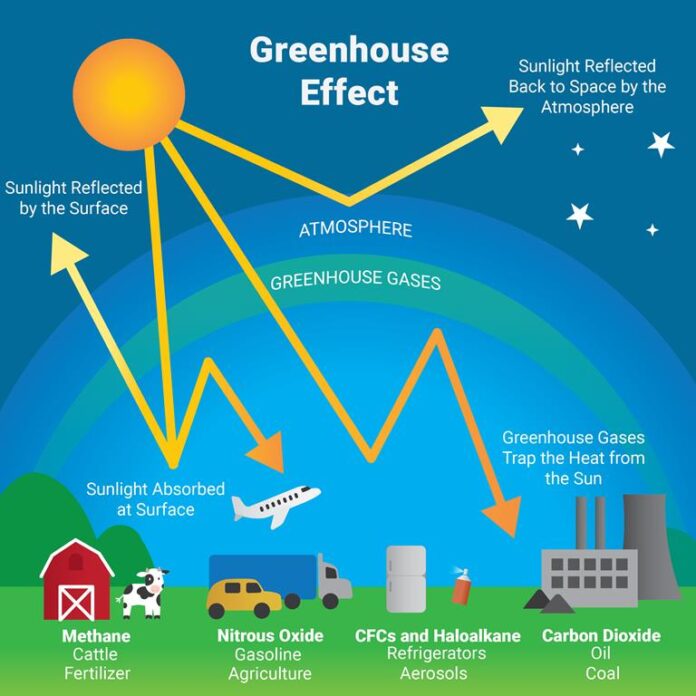What is the most urgent environmental problem? We often hear about floods, indiscriminate deforestation, loss of wetlands, extinct species, forest fires, and many more climate disasters. So, what causes all this? Well, every issue related to weather, natural disasters, and biodiversity loss can be tied to climate change to a certain extent, either as a consequence or a cause. This is not groundbreaking news — evidence of this dates back to 1824 — but do we truly understand climate change?
Welcome to the first edition of The Environmentalist, your column for understanding the natural world. Today we will explore the environmental problem we currently face: climate change.
Climate change, defined by the United Nations (UN), refers to the “long-term shifts in temperatures and weather patterns.” These changes can happen naturally as a result of volcanic activity or the sun’s radiation. For example, 56 million years ago, one of the largest volcanic events in the history of our planet was recorded, causing a huge increase of greenhouse gases in the atmosphere. As a result, the global temperature rose by an average of 6°C over a few thousand years, affecting natural landscapes and living conditions.
Since the 1800s, our planet’s temperature has been rising 10 times faster than it did 56 million years ago. The burning of fossil fuels, which produces about 40 billion metric tons of CO2 a year, is kept in our atmosphere as greenhouse gas. Therefore, it is safe to say that humanity is responsible for the current state of climate change. But how do greenhouse gases (GHGs) cause climate change?
To start, electromagnetic radiation moves in waves that can be classified by wavelength. The sun emits short-wave radiation that GHGs let pass through the atmosphere onto the earth’s surface, but when the radiation hits the planet and gets reflected back, it turns into long-wave radiation, and GHGs don’t let those out of the atmosphere. With all the radiation trapped inside, the planet begins to heat, causing a “greenhouse effect.” This is one of the most fabulous processes in our planet, since it allows life to flourish. But why is it such a concern now? Simply put, this process is out of balance.
Scientists have maintained a record of the atmosphere’s CO2 since the late 1950s. Over this period, atmospheric concentrations have increased from around 280 parts per million (ppm) to over 410 ppm today. This rise in ppm concentration is the cause of global warming. Moreover, the global average surface temperature briefly increased by two degrees celsius. Surface temperature is measured by registering the near-surface air temperature from weather stations, by the ocean surface temperature from ships and buoys in different parts of the world, and by comparing these findings with past data.
Those two degrees have very severe consequences. According to CNN, warming permanently to two degrees will expose communities to extreme weather. This also increases the chance of our planet reaching a point of no return with horrifying events, “such as the collapse of polar ice sheets and the mass death of coral reefs.”
The consequences of climate change will be the topic we explore for the next edition of The Environmentalist. To conclude this edition, it is worth mentioning the different levels of responsibility that exist. Neither you nor I contribute to climate change in the way that big corporations do, but this does not mean we should feel helpless. We have power and our actions matter, but we need to get informed; I encourage you to keep learning. And as The Lorax once said, “Unless someone like you cares a whole awful lot, nothing is going to get better.” So, let’s care.


